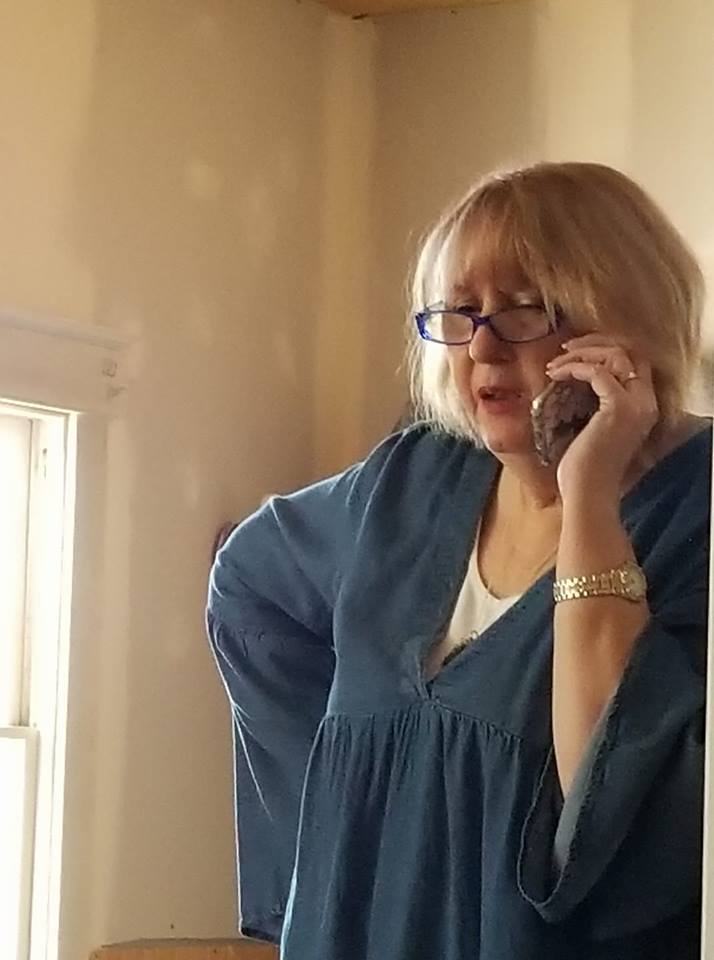There are many teenagers who suffer with skin challenges due to changes in their hormones. Here are some tips that can help them achieve the best possible results for their skin. Choose cosmetics with care: Choose products that won’t promote the formation of blemishes or blocked pores. When you choose foundation, blush and moisturizer go for those that are oil-free. If you find that you are just too confused with which products might be best for your skin then you might want to consult with a skin care specialist or a dermatologist. Don’t pick your face: I know, we’ve all heard that before but it really is good advice. If you pick, squeeze, or pinch blemishes you risk developing scars. The best advice is not to rub or touch blemishes. Cleanse gently: Hand scrubbing your face can actually make your skin condition worse. Gently wash your skin with a mild cleanser, not soap, in the morning, at bedtime, and after exercising. It’s best to avoid those rough scrubs or pads. Make sure you rinse your face well after washing with warm water. Use a sunscreen with an SPF of 50 or higher regularly: The rays from the sun can damage skin causing premature aging. That might not sound like something you have to worry about at your age, however, most sun damage is done by the age of 20. It is for this reason daily use of sunscreen is recommended plus some acne and other medications can make skin more prone to sunburns. Don’t forget to re-apply the sunscreen if you are in the sun for a prolonged time. Be careful when shaving: It’s very easy to nick blemishes when you shave so shave lightly and only when you really have to.
Did You Know This?
Acne is the most common skin disease which affects all races and ages. Approximately 80% of all people between the ages of 11 and 30 have acne outbreaks at some point. Some in their 40s and 50s still get acne. Acne is a disease that affects the skin’s oil glands. Pimples are formed when dead skin cells mix with excess oil (sebum). This mixture then plugs the pore causing swelling. Bacteria can grow in this mix leading to an infection and pus. Greasy foods do not make acne worse. That’s right! They do not cause acne or make it worse. Sebum is natural oil that is found in the skin. Blackheads are a result of sebum breaking through the surface of the skin and it has either accumulated melanin pigment or become oxidized which causes it to become black. Many people think they are caused by dirt and oil. Acne is frequently seen in babies, “baby acne” or “neonatal acne.” Little pink pimples are often caused by exposure in the womb to maternal hormones. They resolve without treatment. Rosacea and acne are not the same disease. Rosacea has pimples in the middle third of the face and is characterized by redness, flushing and superficial blood vessels. There are no blackheads or whiteheads in rosacea. There is no magic product or acne regimen that is right for every person and situation. Home treatments and prescription therapies help by unclogging pores, killing bacteria, and minimizing oil (sebum). The best home treatment for mild acne is still gentle cleansers and good skin care. You should never pick or squeeze pimples. Even though you may be doing it carefully and using clean techniques you still are at risk for causing scarring and you can make bumps stay redder and bumpier longer. There are many types of pimples seen with acne:- Whiteheads – (comedones) pimples that stay under the surface of the skin
- Blackheads – pimple that rise to the skin’s surface and look black
- Papules – these are small pink bumps that can be tender
- Pustules – pimples that are red at the bottom and have pus on top
- Nodules – large, painful, solid pimples that are deep in the skin
How to Wear Red Lipstick with Confidence
Wearing red lipstick is not just for Hollywood any longer. You can get that look that gives your whole face the look of “done”. Wearing red on your lips can actually distract from imperfections. (who knew?) It’s classy and elegant but you have to know how to do it. One method is using a lip stain. You need to apply a rich red stain from a pencil or marker. Line your lips and then fill them in. Once you are done apply a little balm to hydrate your lips. Another method is to dot the color of lipstick you choose in the middle of your lips, blend it outward with your fingers or a lip brush. Apply a lip gloss and you are ready to show off those lips. Lastly, is a method that requires you first apply a lip primer or apply foundation lightly if you don’t have any primer. Once it’s dry, dust your lips with a translucent powder to set the foundation. By using both you are creating a smooth surface for applying lipstick and it will help protect it from fading. Next, line your lips with a lip liner that is closest to the shade of lipstick you will be using. Smudge the liner along the lips for a more natural look. How do you know which shade of red is best for your complexion? If you have a warm complexion, wear red with an orange or coral undertone. If your complexion is cool, stick to red with blue undertones. Using a good lip brush, apply the lipstick starting at the center of the lips moving out. Remember, a little red goes a long way. Blot the lipstick with a tissue and apply a second layer of red lipstick in the same manner as before. Now to get a nice glow, add a little dot of lip gloss in the center of your top and lower lips. You are now ready to show off those gorgeous lips. Smile! Tips to make wearing red easier: If you have thin lips you should avoid deep reds as they will make your lips look even smaller.- Keep your eye makeup light with a little mascara and a beige shadow.
- A gold gloss will give you a warm look and soften the red. A pink gloss will give a cooler look.
- You can coordinate your look by putting a dot of your lipstick on the apples of your cheeks and then blending it with your fingers.
- Don’t use red lip liner if it doesn’t match your lipstick perfectly. It can be hard to find so in that case, use a shade that is closest to your natural lip color and use it to outline your lips.


